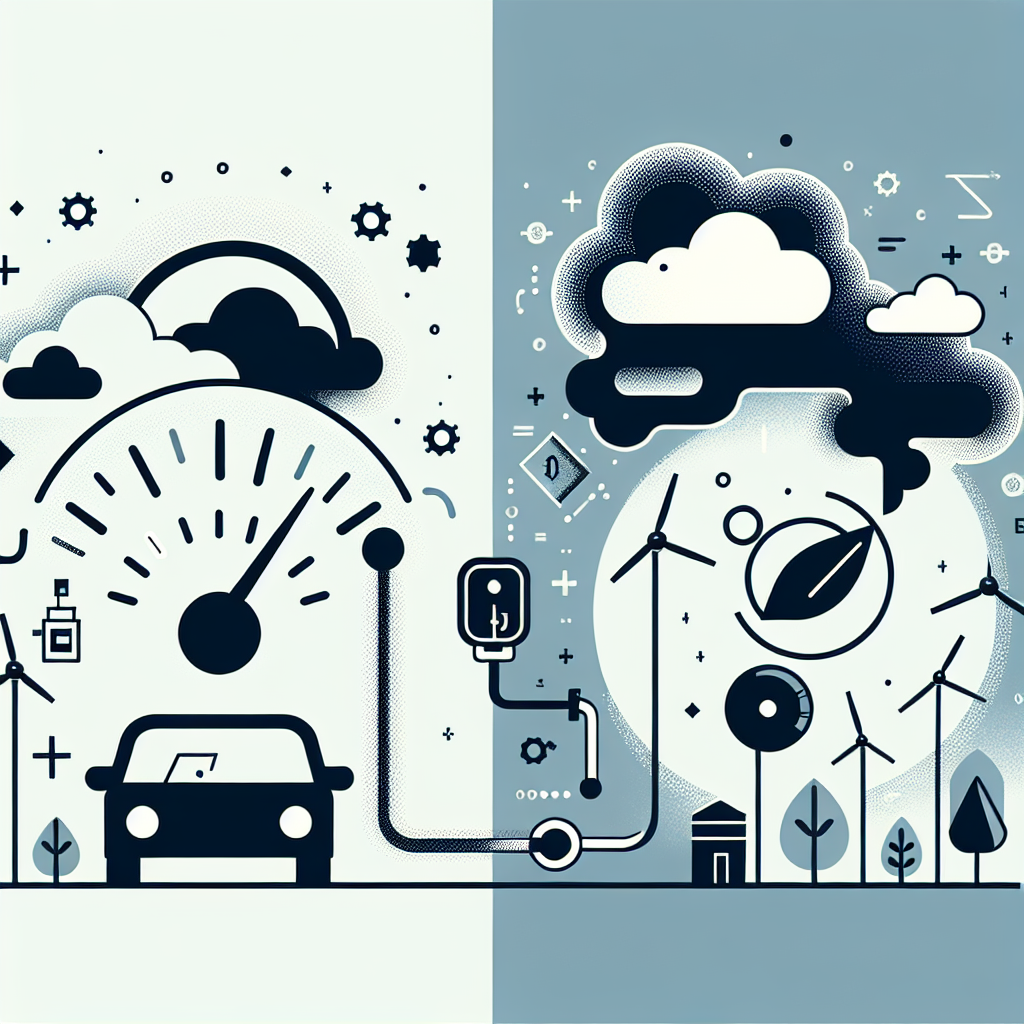Understanding Fuel Economy and Emissions
Introduction
Today, people care a lot about the environment, and cars play a big role in that. How much fuel cars use and the gases they release are important when we talk about climate change and pollution. This blog post will help you understand the link between fuel economy and emissions, so we can all make smarter choices about the cars we use and help the planet.
What Is Fuel Economy?
Fuel economy is how well a car uses fuel. It’s measured by how far a car can go with a certain amount of fuel. In the United States, we use miles per gallon (MPG). In other countries, it’s measured in liters used for every 100 kilometers traveled. Many things can affect a car’s fuel economy, such as the car’s size, weight, type of engine, and even how a person drives it.
Understanding Emissions
Emissions are the gases that come out of a car’s engine when it burns fuel. These gases can pollute the environment. The main emissions are carbon dioxide (CO2), nitrogen oxides (NOx), and tiny particles that can harm our air. There are rules around the world to cut down these emissions, pushing car makers to make their vehicles greener.
How Fuel Economy and Emissions Are Linked
Fuel economy and emissions are closely connected. When a car gets better fuel economy, it usually releases fewer harmful gases. This is because the car uses less fuel, which means it pollutes less. Hybrid and electric cars are good examples of this. They are designed to use fuel more efficiently and produce fewer emissions.
Comparing Cars: Fuel Economy and Emissions
Different cars have different fuel economy and emissions. Traditional gasoline and diesel engines don’t work the same way—diesel engines often use fuel more efficiently but release more NOx emissions. Hybrid and electric cars typically have better fuel economy and fewer emissions. Car makers must tell us about fuel economy and emissions so we can choose wisely.
New Ideas and Technologies
Many new technologies are helping cars use fuel better and reduce emissions. For example, some engines now have turbocharging and direct fuel injection. Alternative fuels and electric cars are also making a difference. Hybrid and electric cars have features like regenerative braking that makes them even more efficient. Examples include Tesla’s electric cars and Toyota’s hybrids, which are leading the charge in green transportation.
What We Can Do to Help
We can all help by picking cars that use fuel well and emit less pollution. Governments also help by giving tax breaks for electric cars and by making stricter emissions laws. Countries working together is important too, to make sure everyone is trying to cut down on vehicle emissions.
Conclusion
Knowing how fuel economy and emissions are related helps us make better choices for the environment. By choosing cars that are fuel-efficient and have low emissions, we contribute to a cleaner, healthier world. Our choices, combined with smart government policies, can lead the way to eco-friendly transportation.
Additional Resources
- Fuel Economy and Environment Labels
- EPA’s Green Vehicle Guide
- International Council on Clean Transportation
Call to Action
Now that you have a broader understanding of fuel economy and emissions, why not visit Tags Clinic to discuss more ideas on how you can become more eco-conscious with your vehicle choices. Located at 3845 University Ave, San Diego, CA, we’re here to help you choose wisely. If you can’t make it to our physical location, feel free to call us on 619-777-9046. Show us that you care about our planet, because every choice counts. Visit our website https://tagsclinic.com for more information.

Leave a Reply